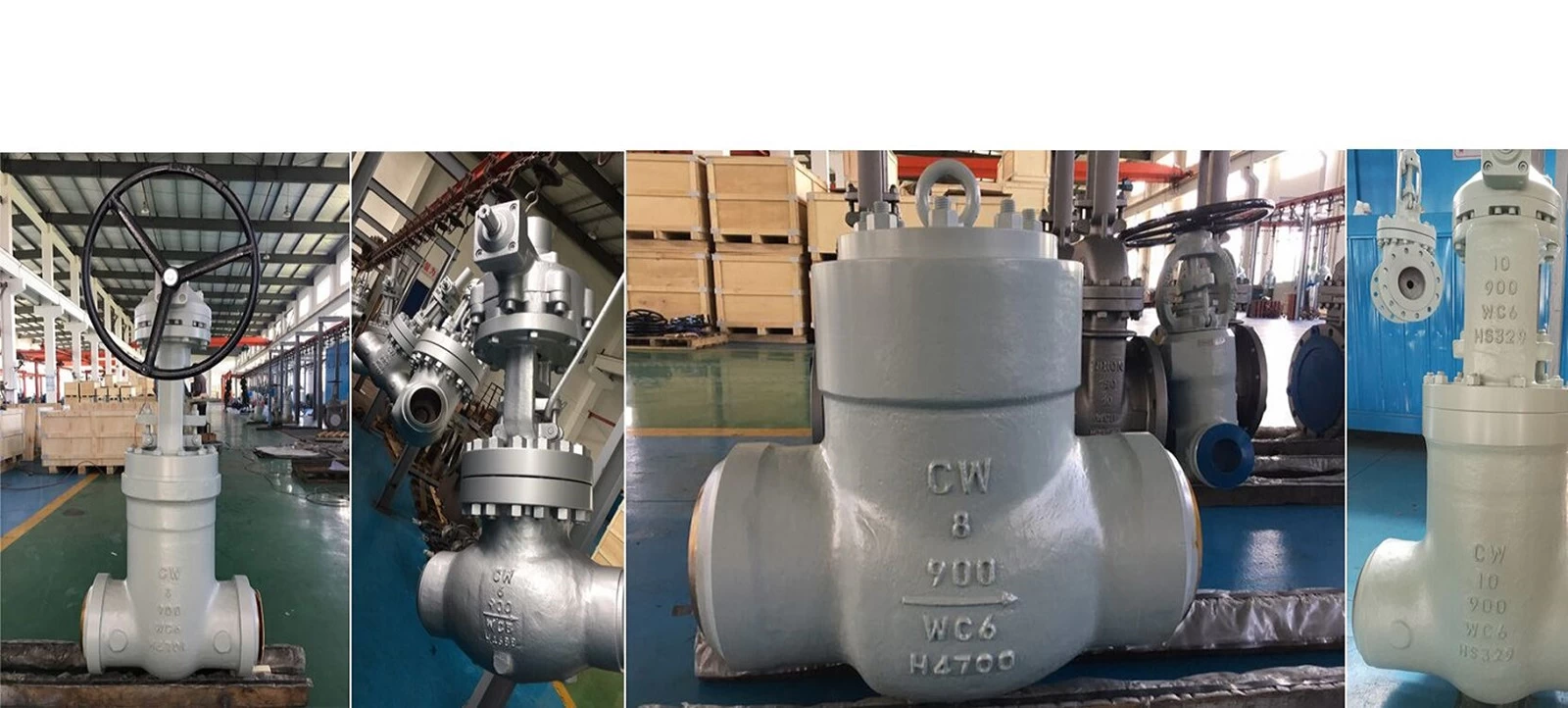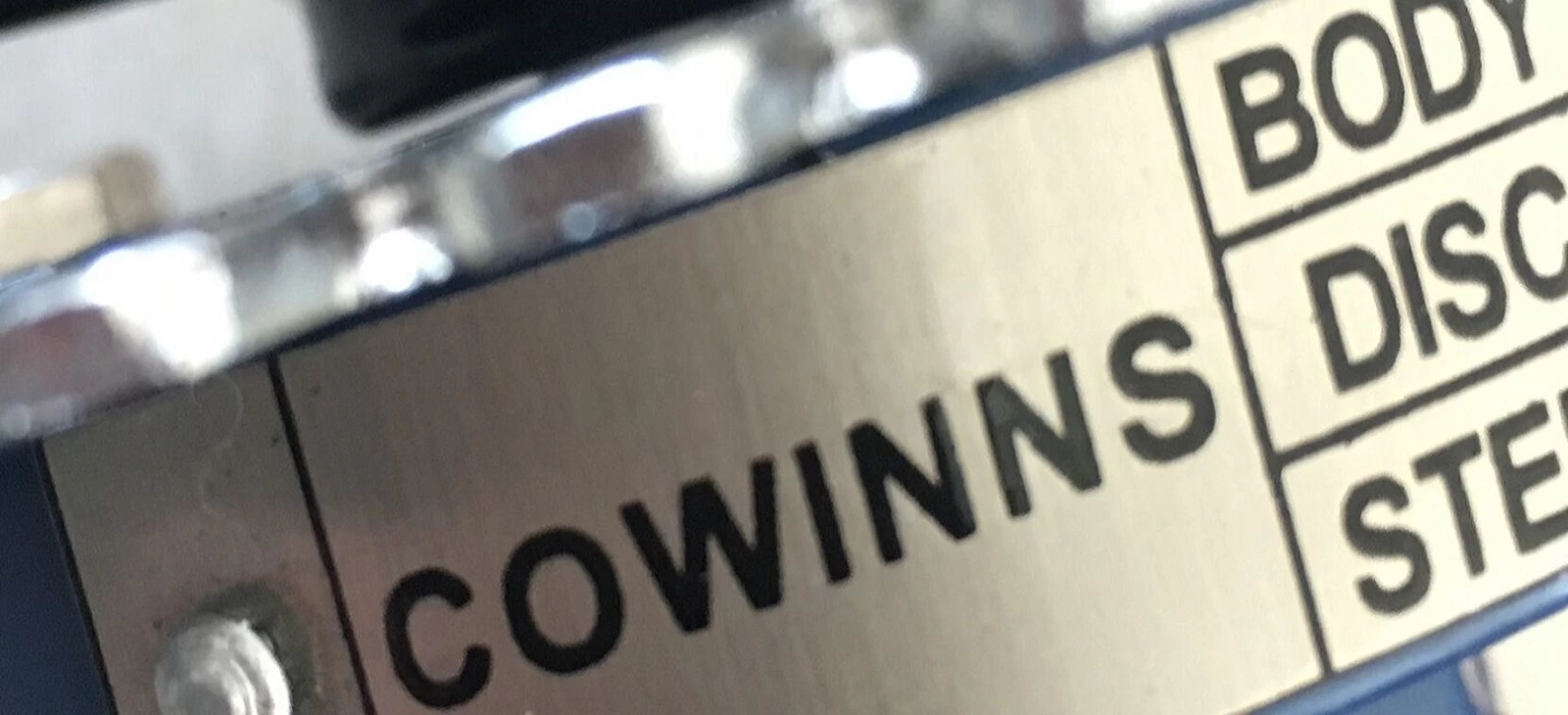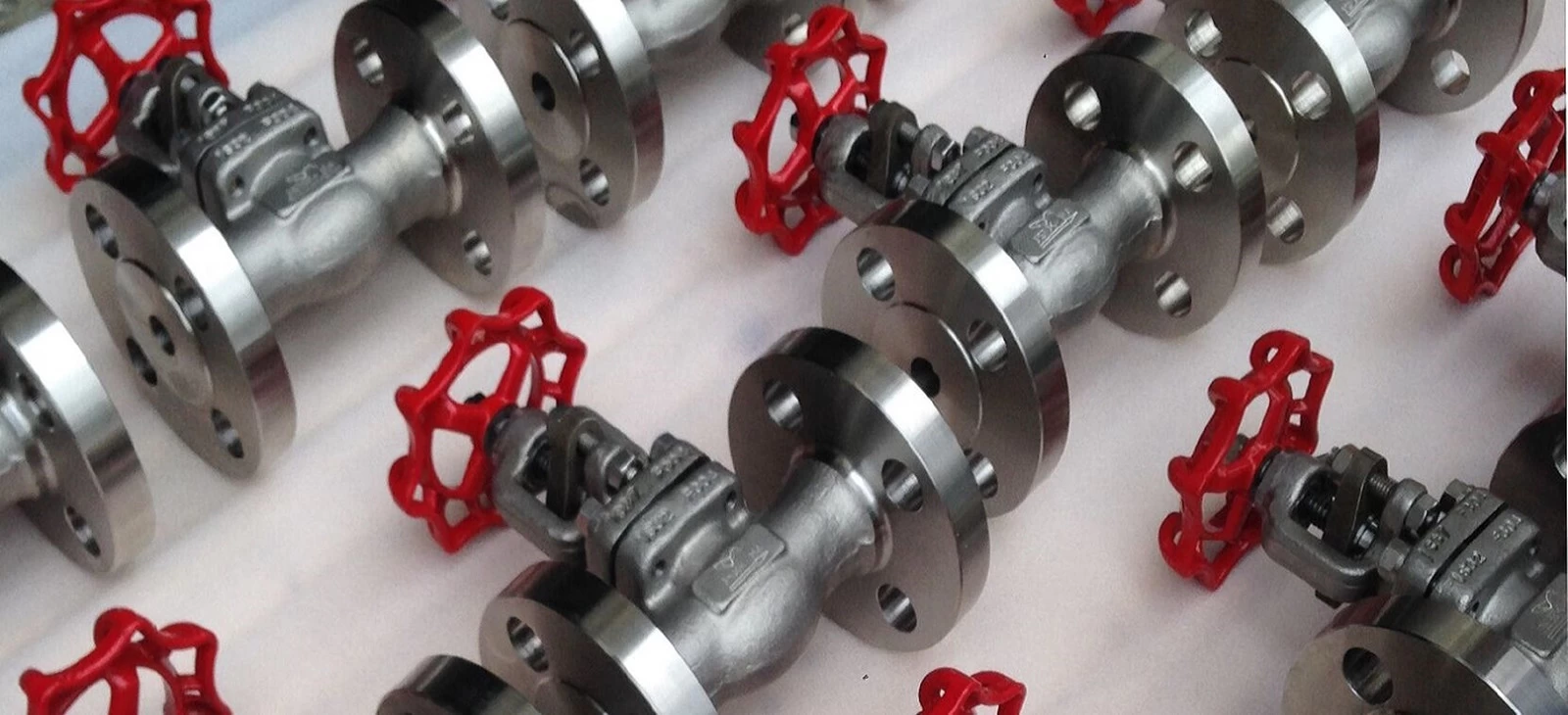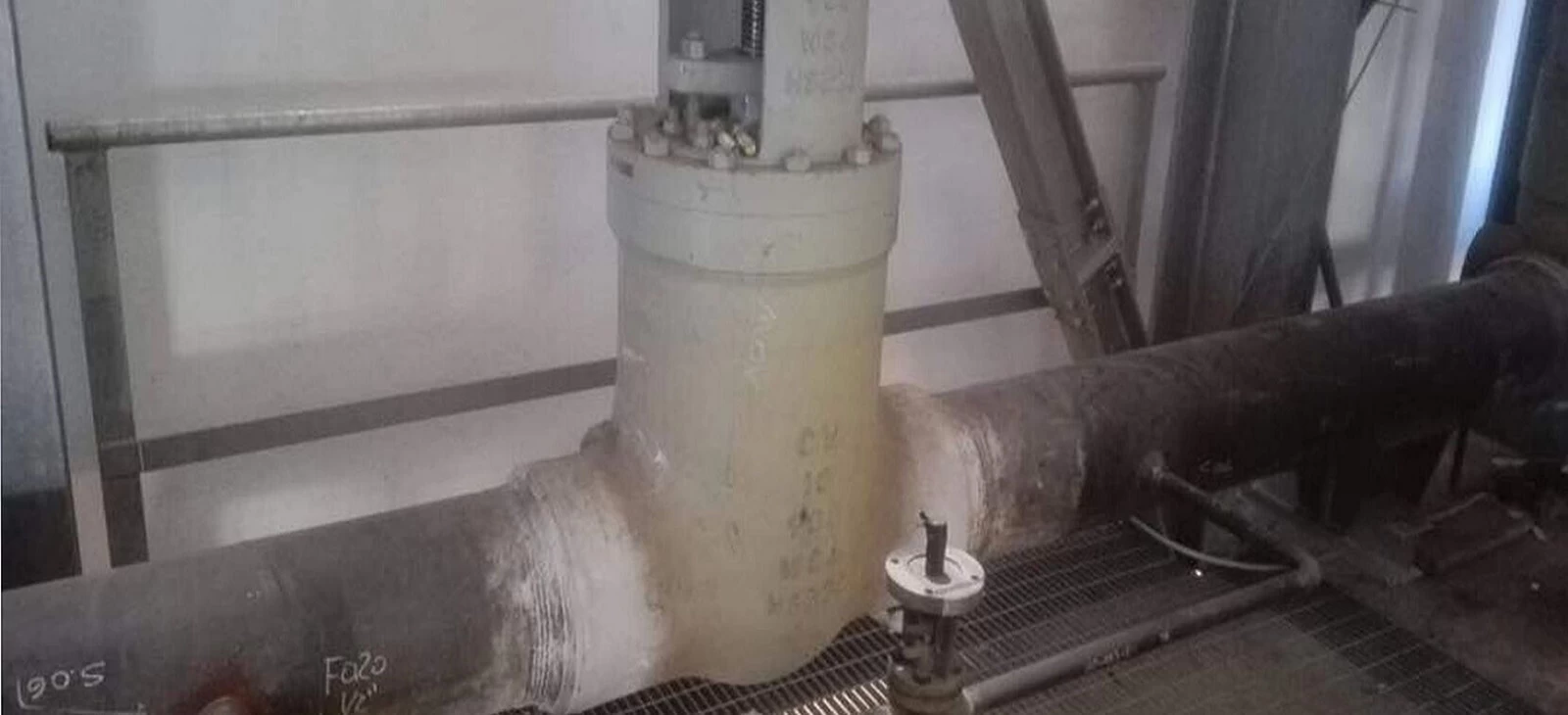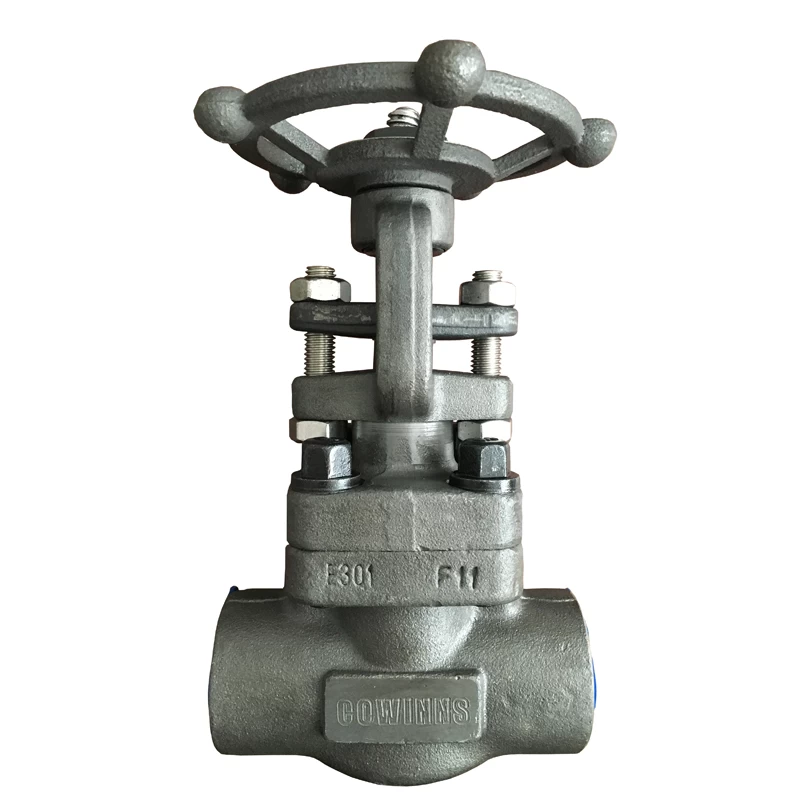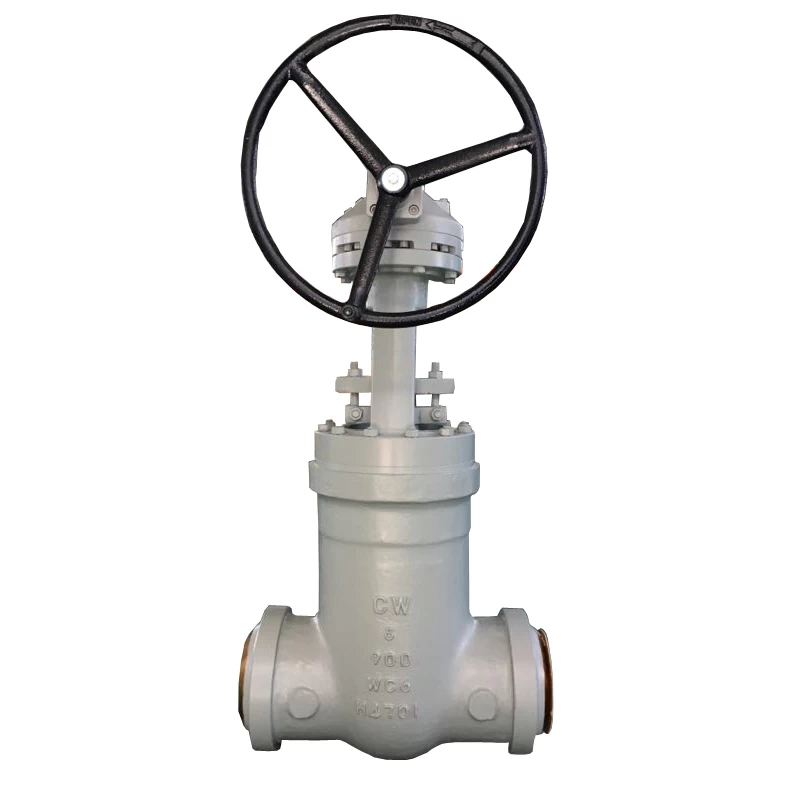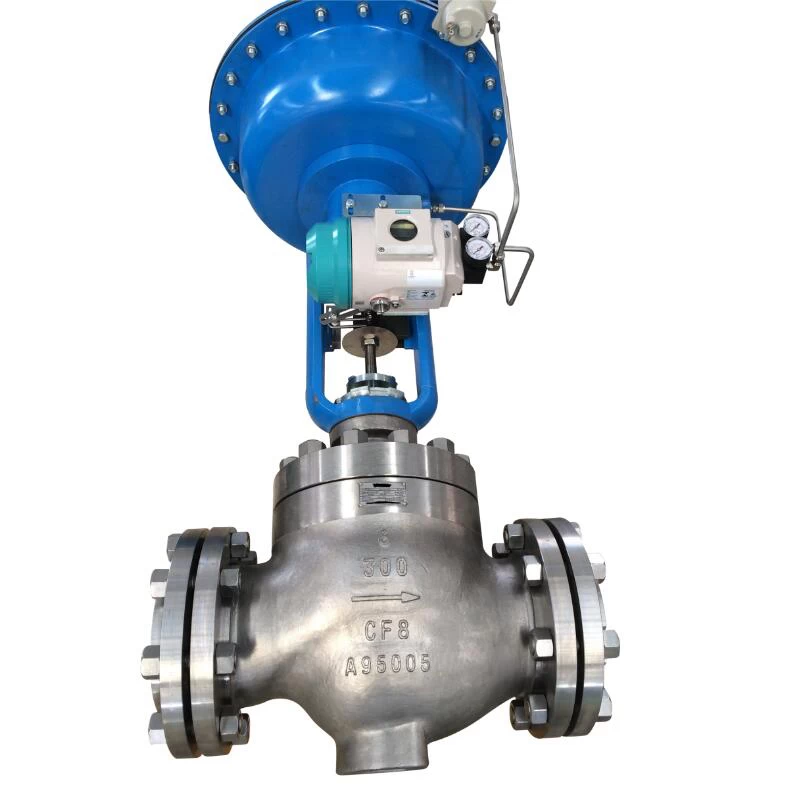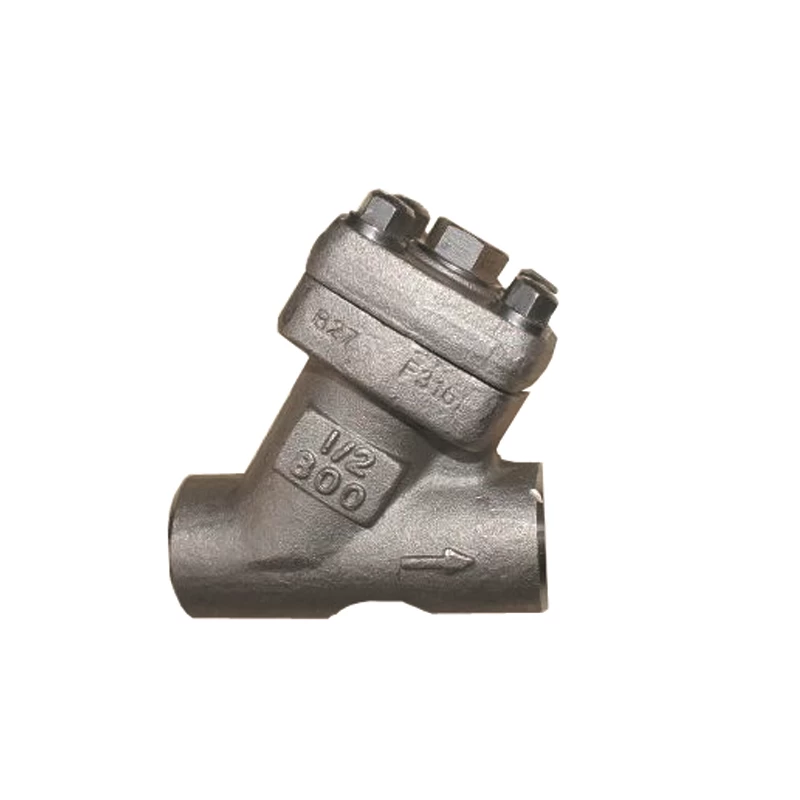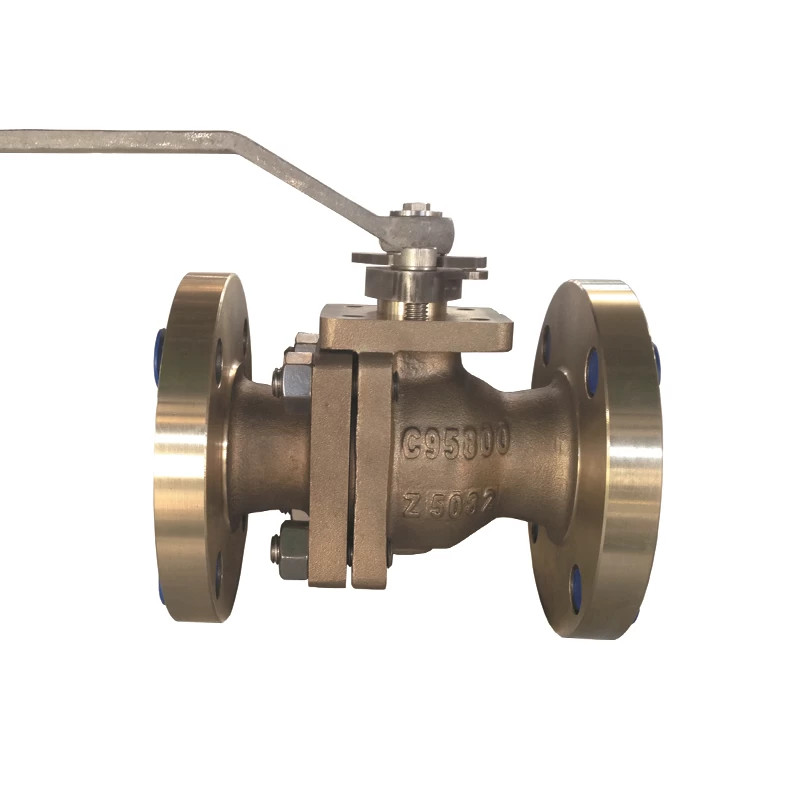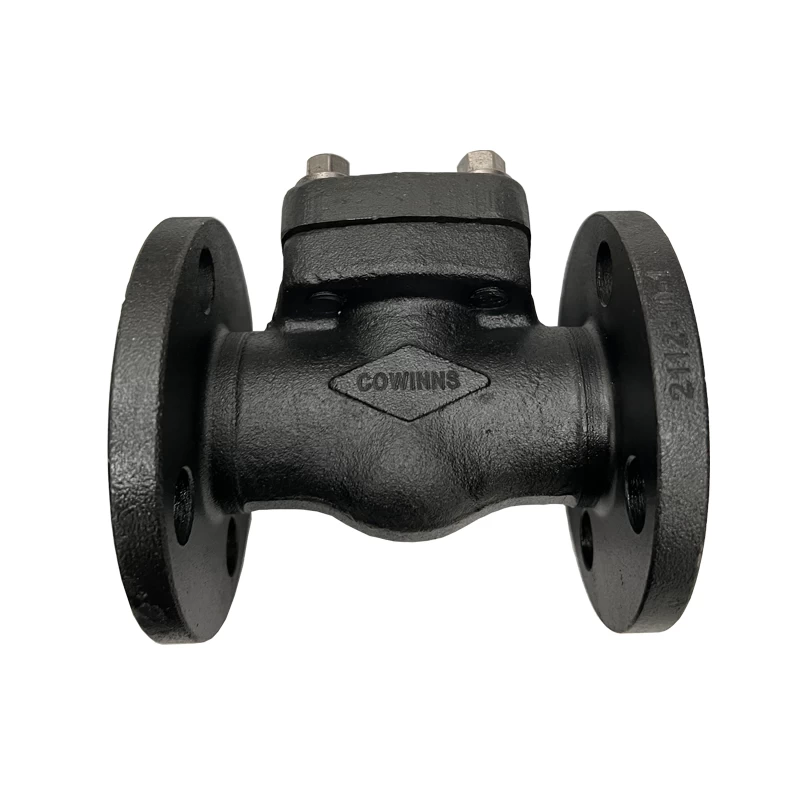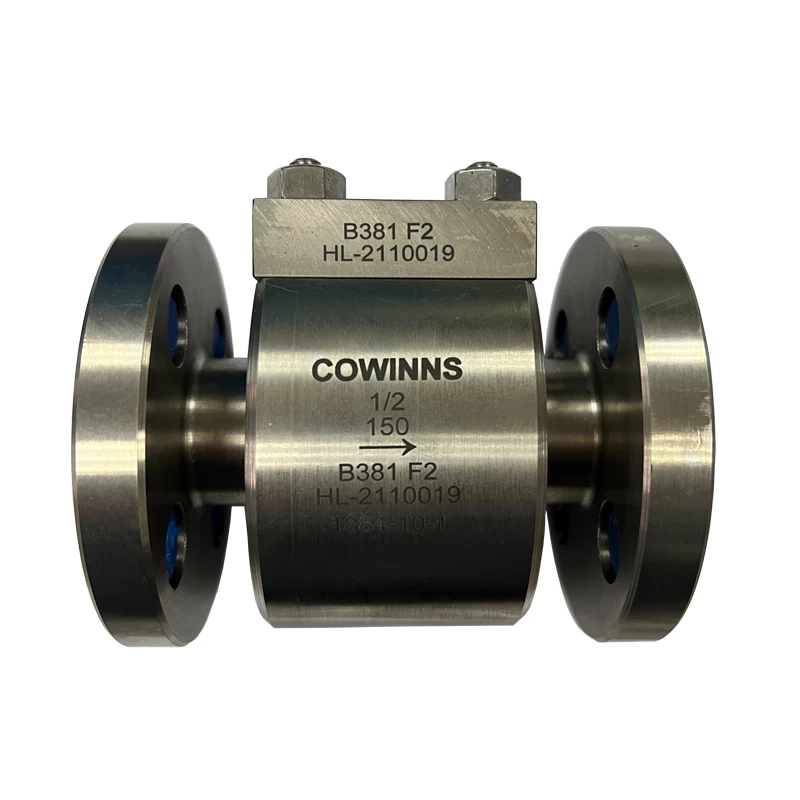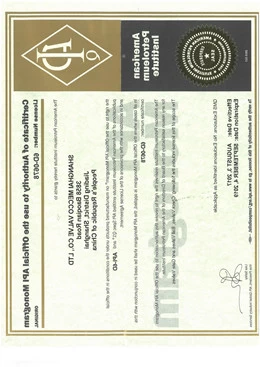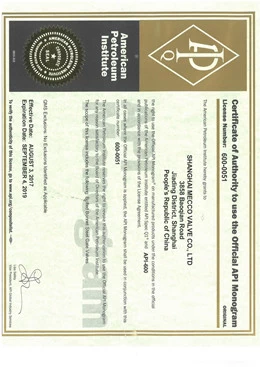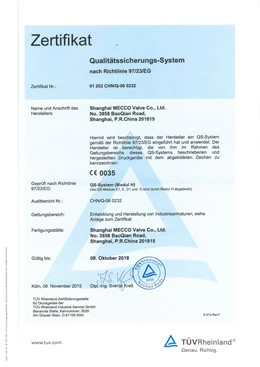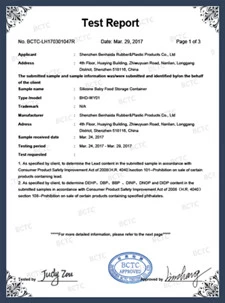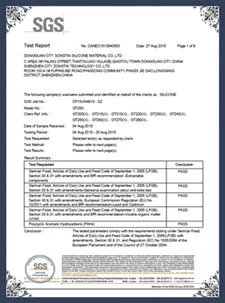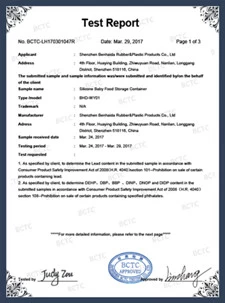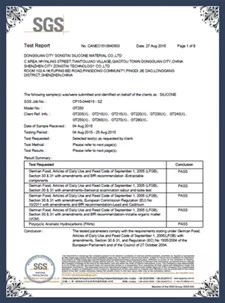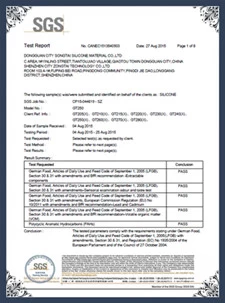Axial flow check valve
Axial
flow check valve works: The pressure difference between the inlet and outlet of
the valve determines the opening and closing of the valve disc. When the
sum of the pressure at the inlet end and the pressure at the outlet end unfolds
the spring force, the valve flap opens. As long as there is a pressure
difference, the valve flap is always open, but the degree of opening is
determined by the size of the pressure difference. When the sum of the
pressure at the outlet end and the spring force is greater than the pressure
difference at the inlet end, the valve flap is closed and is always
closed. Since the opening and closing of the valve flap is in a dynamic
force balancing system, the valve operates in a balanced manner, without noise,
and the water hammer phenomenon is greatly reduced.
If the fluid flow pressure cannot support the valve in a large
opening and maintain a stable open position, the valve flap and related moving
parts may be in a state of continuous vibration. In order to avoid
premature wear of moving parts, noise or vibration or vibration operation, it
is necessary to select the size of the check valve according to the fluid
state.
It can be required to support the check valve in an open, stable
ON state most early fluid velocity is known as the
most small flow rate. If the nominal flow rate through the check
valve to meet or exceed the installation of check valves, internal wear is
reduced most small, it is possible to prevent catastrophic
failures.
It can be seen from the above that having a smaller V can greatly reduce the
maintenance cost and increase the reliability of the check valve. (Axial
flow check valve) Compared with swing-open and oblique check valve, it has a
lower V value. When the valve is
opened, the force acting on the valve can be tested, and it can be easily seen.
With the increase of the opening angle, the oblique valve disc check valve
reduces the force on the valve disc. This is because when the opening angle
increases, the area of the
valve disc's force decreases. When the fully open position is reached,
only the force component of the total fluid flow pressure is supporting the valve
flap in the fully open position. This problem does not exist with axial
flow check valves.
In (axial flow check valve), the pressure difference is the main
factor to keep the valve closed, while the spring only adds a small recoil
force. This feature makes the spring's spring force very small, and the
response of the spring is very sensitive. The valve disc can give the valve
disc the force when the fluid starts to flow backward, so that the valve disc
responds quickly to the seat, ensuring a long service life of the valve. Not to
be damaged.
When the fluid through the valve, the check valve by axial
geometry sleek streamlined design, the pressure loss can be
reduced most small and reduce the stroke. While maintaining the
same CV value.
(Axial flow check valve) The disc has a small mass, which
reduces the friction on the guide surface, and the disc can be seated
quickly. The small mass and low inertia disc travels through a short
stroke and contacts the valve seat surface with minimal impact. This can
prevent the sealing surface of the valve seat from being damaged and prevent
the valve seat from leaking.
Design features Product range: Venturi-type channel, reduced pressure drop spring protection, no collision low noise, soft seal with little water hammer hazard , secondary seal hard seal, full range of fire protection design provides lifting ear and foot valve without medium leakage .
Type : Gate valve, globe valve, check
valve Size : 2 ~ 60 " ( DN50 ~ DN1500 ) Pressure rating : 150 ~
2500LB ( PN16 ~ PN420 ) Body material : Cast carbon steel, stainless
steel, alloy steel Connection form : RF , RTJ , BW
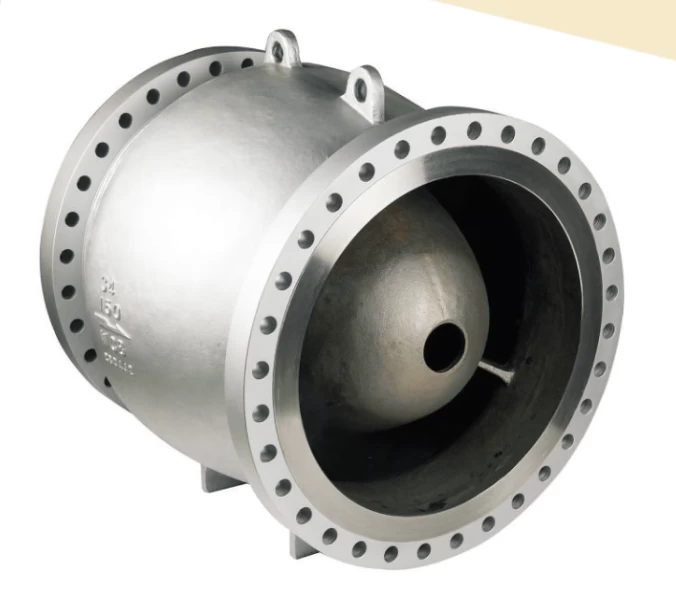
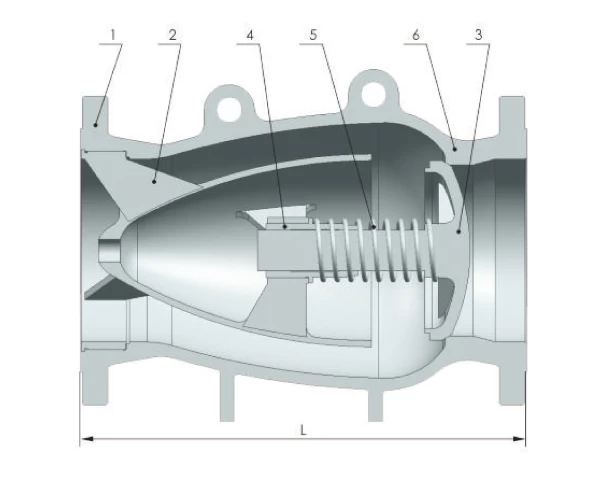
 +86 512 68781993
+86 512 68781993 
